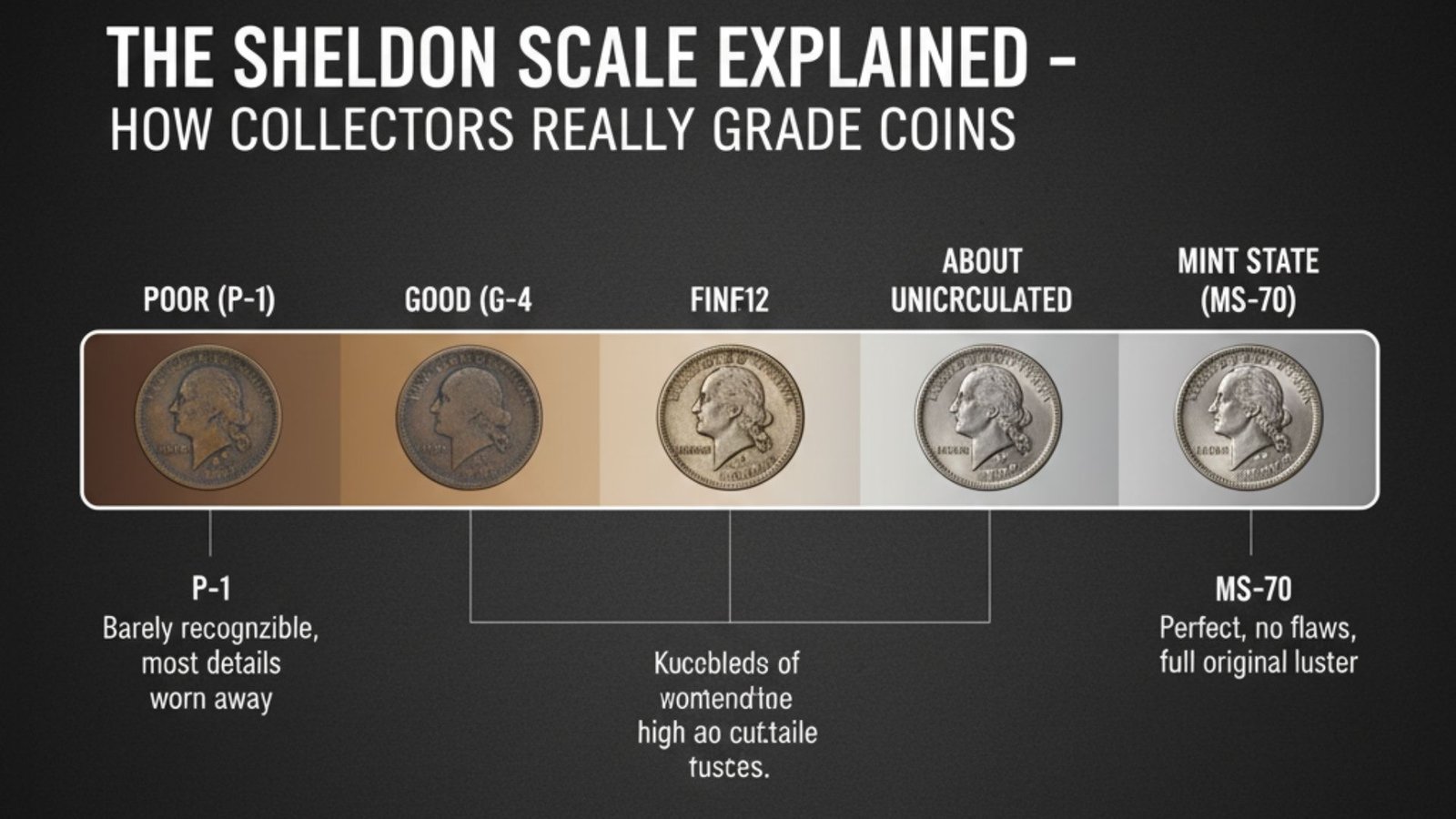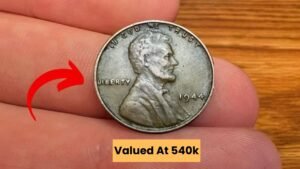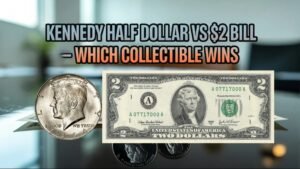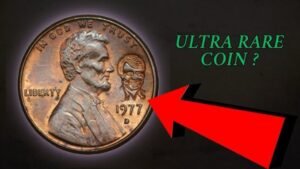Ever held a shiny old coin and wondered just how much it’s worth? That flicker of excitement hits us all in the world of numismatics. The Sheldon Scale is your key to unlocking those mysteries—it’s the gold standard for grading coins and spotting rare gems. Stick around, and you’ll learn how it works, why it matters for collectors, and tips to grade like a pro.
What is the Sheldon Scale?
Imagine a simple number that tells a coin’s whole story. The Sheldon Scale is a 70-point system for grading coins, from a beat-up 1 (basest) to a flawless 70. It looks at wear, scratches, luster, and strike quality. Perfect for hobbyists diving into rare coins.
Developed in the late 1940s, it’s now used by big players like PCGS and NGC. No more guessing—it’s objective and universal in numismatics.
A Quick History of Coin Grading
Back in 1949, psychologist Dr. William Sheldon grew obsessed with early U.S. copper coins. He penned Penny Whimsy, birthing the Sheldon Scale to standardize grading. Before that, descriptions like “good” or “fine” were too vague.
Sheldon’s genius? A numerical ladder that evolved into the backbone of modern coin grading. It transformed numismatics from art to science.
Why the Sheldon Scale Rocks Today
In today’s market, a coin’s grade can skyrocket its value. A rare coin graded MS-65 might fetch thousands more than one at VF-20. It’s crucial for buyers and sellers avoiding rip-offs.
For hobbyists, it builds confidence in spotting treasures. With online auctions booming, knowing how coins are graded keeps your collection valuable and fun.
How to Use It for Your Collection
Start simple: Examine your coin under good light. Check for wear on high points like cheeks or wheat stalks.
Submit to services like NGC for official slabs. Or practice at home—it’s a thrill! This boosts your numismatic game and wallet.
| Grade Range | Description | Example Wear Level |
|---|---|---|
| 1-3 (Poor/Basest) | Heavily worn, barely identifiable | Date and design faint |
| 4-6 (Fair) | Outline visible, major details gone | Liberty head merged |
| 7-15 (Good/Very Good) | Most details show, moderate wear | Rims smooth but defined |
| 20-35 (Fine/Very Fine) | Sharp but worn, some hairlines | Eyes and hair clear |
| 40-58 (Extremely Fine/About Uncirculated) | Minimal wear, full luster hints | Almost pristine edges |
| 60-70 (Mint State) | Uncirculated, varying perfection | 70: No flaws, full shine |
Fascinating Facts and Records
Did you know only a handful of coins hit MS-70? The 1933 Double Eagle, graded high on the Sheldon Scale, sold for $18.9 million in 2021.
Stats show graded rare coins appreciate 10-20% yearly. It’s a numismatic powerhouse!
| Rare Coin Example | Sheldon Grade | Auction Value (USD) |
|---|---|---|
| 1804 Draped Bust Dollar | MS-65 | $10.1 million (2013) |
| 1913 Liberty Head Nickel | MS-66 | $3.7 million (2018) |
| 1943 Bronze Lincoln Cent | MS-63 | $1.7 million (2010) |
Pro Tips from Numismatic Experts
Handle coins with cotton gloves—fingerprints ding grades. Store in albums away from humidity.
Join clubs like the ANA for hands-on grading workshops. And remember: Eye appeal trumps numbers sometimes!
Frequently Asked Questions
What’s the difference between Sheldon Scale and other systems?
It’s the universal 1-70 standard; others might use letters but convert to it.
Can I grade coins myself?
Absolutely for fun, but pros certify for value.
How does grading affect rare coin prices?
Higher grades mean exponentially higher prices—MS-70 can be 100x a lower grade.
Wrapping It Up: Your Path to Coin Mastery
The Sheldon Scale isn’t just numbers—it’s your gateway to the thrilling world of rare coins and numismatics. Master how coins are graded, and you’ll collect smarter, sell wiser. Grab a loupe, check your stash, and share this with a fellow hobbyist. What’s your favorite coin story? Drop it below!




